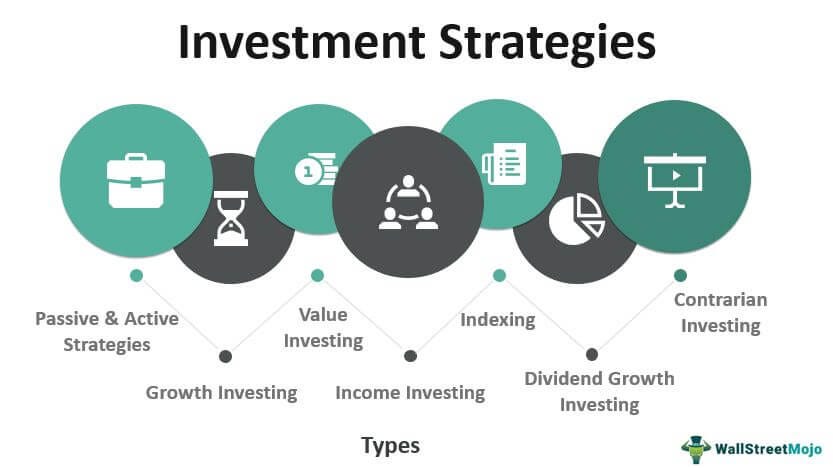I remember talking to a neighbor who almost sold his small rental property back in 2008 when the housing market went sideways. He was nervous because the news kept saying prices would keep falling. Instead of selling, he held on, cut some costs, and rented it out at a lower rate. A few years later, that same house had doubled in value. That story stuck with me because it showed how paying attention to bigger economic shifts can change the way you invest.
Economic trends aren’t just numbers on a chart. They’re patterns that shape what families buy, how businesses grow, and where money flows. If we’re trying to figure out how to build wealth, or even just keep what we have safe, we need to watch those patterns closely.
Inflation Changes How We Spend and Invest
Think about when groceries and gas shoot up in price. Families cut back, businesses raise wages, and investors start looking at safe spots like gold or bonds. High inflation eats away at savings, so holding cash feels like watching money shrink.
That’s why during high-inflation times, many shift toward assets that can grow faster than prices rise. Real estate, stocks tied to strong companies, or even rental homes, often look more attractive. I’ve heard stories of small landlords adjusting rents slowly during inflation spikes, keeping tenants happy while also protecting their income.

Interest Rates Guide Big Decisions
Interest rates are like the weather for investments. When rates are low, borrowing feels cheap. That’s when we see more home buying, business loans, and folks chasing higher returns in stocks.
But when rates climb, borrowing slows. Mortgages get more expensive, credit cards bite harder, and stock markets often cool. A friend of mine refinanced his home when rates were low and used the extra breathing room to start investing in dividend stocks. That move gave him a steady income even when rates rose again.
Recessions Test Every Strategy
Recessions can feel like storm season. Jobs get shaky, spending slows, and investments can drop fast. But some folks use those downturns as buying opportunities. I’ve read blogs where investors shared how they bought solid company stocks during a crash, then watched them grow when the economy recovered.
For homeowners, recessions often mean delaying upgrades or big projects. I’ve seen neighbors patch a roof instead of replacing it, hoping to ride out tough times. That same cautious thinking shows up in investments, too. People pull back, play it safe, and wait for clearer skies.
Global Events Ripple Into Local Choices
Economic trends don’t just come from inside our country. Oil prices, trade deals, or global conflicts change what we pay for basics and how markets behave. For example, when shipping costs jumped a couple of years back, even small-town hardware stores raised prices. That kind of squeeze made investors pay more attention to supply chain companies and local businesses that could adapt quickly.
Technology Shifts Investment Paths

Every new wave of technology changes where money goes. Just think about how smartphones created whole new industries. Investors who noticed early made huge gains. Lately, I’ve seen folks in town talk about clean energy and AI stocks the same way.
Even small investors are getting tools to follow these shifts faster. Apps and online brokers make it easier for regular people to react to trends they see, instead of waiting for an advisor to call.
Seasonal and Local Economic Effects
In some neighborhoods, the economy feels different depending on the season. Construction slows in winter, tourism dries up after summer, or crops bring a short rush of cash. I’ve heard farmers say they treat those swings like mini-economic cycles, saving during good months and investing carefully when times are lean.
For investors, paying attention to local patterns matters as much as the national news. A hot housing market in one city might not match the cooling prices somewhere else.
The Emotional Side of Investing
We can’t ignore the feelings tied to money. Fear, excitement, and panic all drive decisions. I’ve seen people sell stocks too soon just because the news made them anxious. Others held on too long because they didn’t want to admit a loss.
That’s why following economic trends helps. It gives us a clearer picture, so choices feel less like guessing and more like planning.
Wrapping It Up
Economic trends shape investment strategies the way weather shapes a roof. We can’t control the storms, but we can prepare. Watching inflation, interest rates, recessions, and even local shifts helps us adjust how we save and invest.
The stories we hear from neighbors, friends, and our own mistakes remind us that money decisions aren’t only about charts and forecasts. They’re about families, homes, and futures.
Also Read This: Ronaldo Worth
FAQs
How do economic trends impact investment decisions?
Economic trends act like signals for investors. When inflation rises, people often look for assets that hold value, like real estate or commodities. If interest rates go down, investors may take more risks in stocks since borrowing is cheaper. Trends shape whether folks play it safe or chase growth.
How does economic growth influence investment?
When the economy grows, businesses make more money, jobs expand, and consumer spending goes up. That usually boosts stock markets and gives investors more confidence. During slow growth, people might shift toward safer investments like bonds or savings to protect their money.
How does understanding economic trends make financial planning more effective?
Knowing what direction the economy is moving helps people plan smarter. If inflation looks high, they might save less in cash and put more into assets that grow. If a recession seems likely, they might build an emergency fund or cut risky investments. It’s about being ready, not being surprised.
What is a trend-following investment strategy?
A trend-following strategy means watching how markets move and then going with that flow. If stocks or commodities are climbing steadily, investors buy in and hold as long as the trend continues. When prices start falling, they step back. It’s simple in idea, but it takes discipline to avoid chasing short-term swings.
